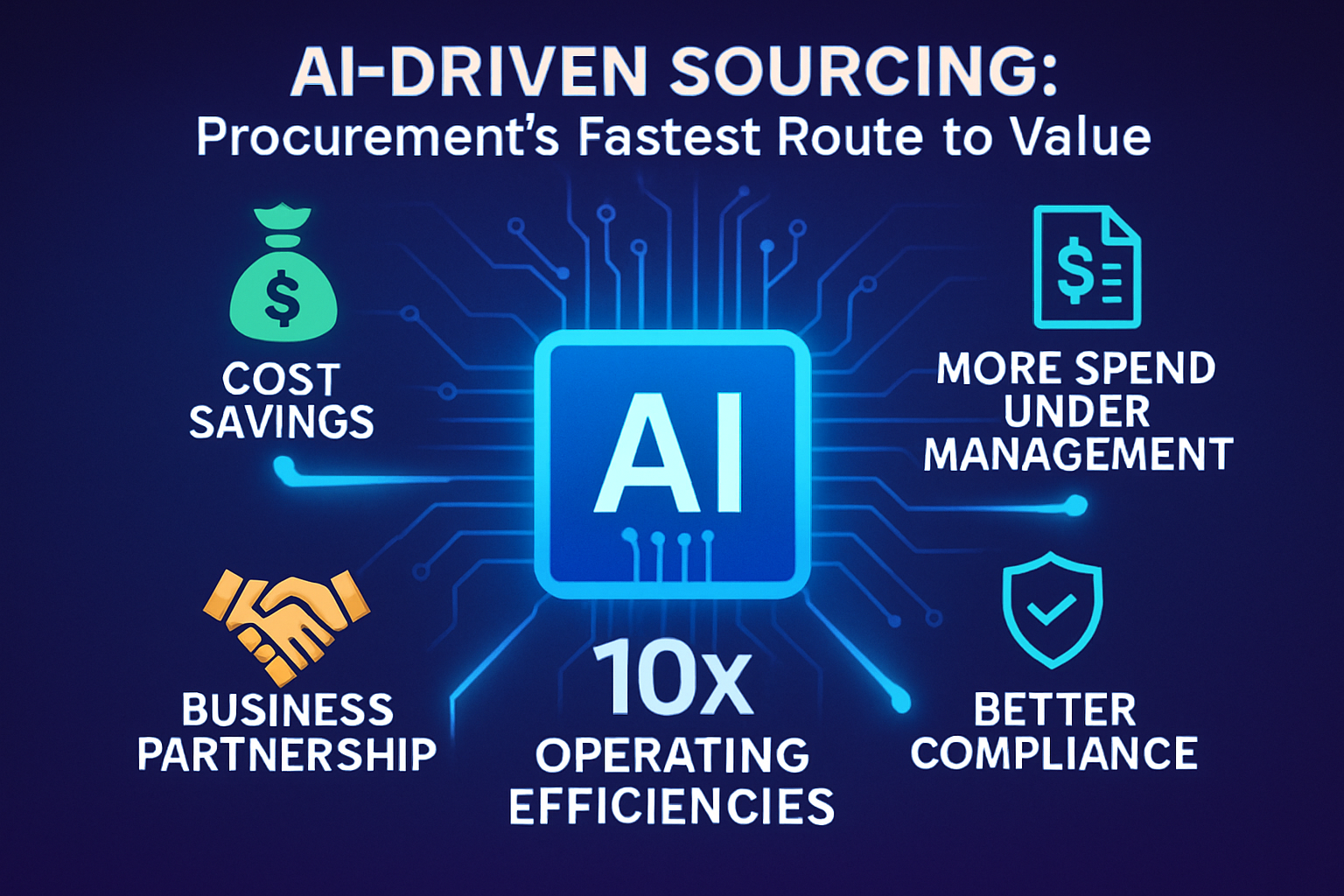The Best of Breed Ecosystem: Three steps every CPO must take to lead this critical evolution at their company

In a recent white paper about the best of breed ecosystem, A.T. Kearney urges CPOs to “embrace the new architecture and adopt individual solutions, updating them as they evolve.” This recommended path for procurement leaders requires a very different type of procurement leader: “a certain type of CPO who has unique leadership skills—one who is in it for the long haul.”
In the first two parts of this series, we examined past approaches to technology and why procurement leaders are excited about the future with an interconnected network of best-of-breed solutions that use AI, machine learning, and other technology to deliver a seamless and effective experience for the end user. For procurement to realize the full benefits of this future state, there is one critical element left to discuss––the opportunities this new model presents to CPOs across all companies and industries.
In order for CPOs to successfully lead the transition to a best-of-breed ecosystem, they must take three steps to ensure they can launch the journey with strong buy-in from executive management and be able to successfully lead this evolution across their company which requires that they:
- Align procurement’s performance with the C suite’s priorities for maximum enterprise-wide impact.
- Consumerize the corporate buying process to increase stakeholder satisfaction and make it easy to be compliant.
- Emphasize and deliver maximum spend transparency in all initiatives and for all types of spend.
Step 1: Align procurement with enterprise-wide priorities
Fortunately for CPOs, executive teams have a much better understanding of what procurement is capable of than in the past. The C-suite now recognizes the impact that procurement has on the top and bottom line and has seen that indirect spend can be very key to turning supplier and value chain capabilities into a lasting competitive advantage. This is less because of the “savings” that can be achieved and more because of the value that business agility, focus and the absolute best and most innovative suppliers (vs. most familiar) can deliver to companies.
So how do CPOs meet their company’s expectations? By starting with a set of reimagined objectives. While CPOs may continue to use proven strategies to manage spend and suppliers, they must recognize the fact that their reasons for doing so have changed. If the objective is a competitive advantage rather than straight savings, the potential value associated with spend and suppliers must be captured in a more nuanced way—justifying the long-term view and a dramatically different procurement technology architecture, as A.T. Kearney suggests. This shift will need to be reflected in both process and technology, complemented by a deeper knowledge of business functions in addition to category expertise.
Step 2: Consumerize the corporate buying process
Beyond the nuance that allows procurement to drive value specifically associated with each category, a best-of-breed ecosystem will improve the distributed buyer’s procurement experience. The consumerization of the enterprise is just as important for procurement as the rest of the business, and stakeholders are now demanding an intuitive user experience in this age of surging e-commerce popularity and consumer expectations of convenience.
CPOs have to place users’ interests at the center of the procurement process. Friction caused by poor usability or delays will not lower demand or stop spending; buyers will simply find a path of least resistance—one that meets the business’ immediate need but may not involve procurement from a governance and data centralization perspective. With a mindset that emphasizes internal customer satisfaction, CPOs must find additional incentives to select and implement the solutions that provide the best overall experience in each category, including self-guided buying or network-enabled self-sourcing.
Step 3: Emphasize and deliver spend transparency
While procurement teams were historically focused on managing spend and suppliers and mitigating supply chain risk, today their value is increasingly associated with data across the value chain, including services. Insight into spending patterns and predictive analytics allow companies greater control over their operational efficiency and opportunities to increase market share. While the quantity of the data has increased significantly, data quality issues remain a challenge.
Transparency cannot be achieved without high data quality that is consistently categorized and centrally stored, which brings us back to Part 1 of this series. The complete procurement technology ecosystem—all of the best-of-breed solutions layered on top of an AI-enabled data hub as the central integration point—will allow procurement insights to be put into practice meaningfully. A different architecture is required, but that cannot be instituted at the expense of centralized spend visibility. Procurement has to deliver value and cost benefits for the entire enterprise as well as across categories.
Today’s CPOs have an enormous opportunity to increase the influence of procurement, but they can’t seize it without the right enabling technology. That technology has to meet the unique needs of different spend categories, satisfy and empower internal stakeholders, and support complex analytical requirements. Only a best-of-breed procurement ecosystem that is oriented around data and analytics can support procurement’s continued evolution.
***********************
Keith Hausmann is Chief Revenue Officer at Globality.
Watch this introductory video showing how Globality helps companies select the best service suppliers at the right price, while at the same time prioritizing enterprise growth and supplier diversity.



